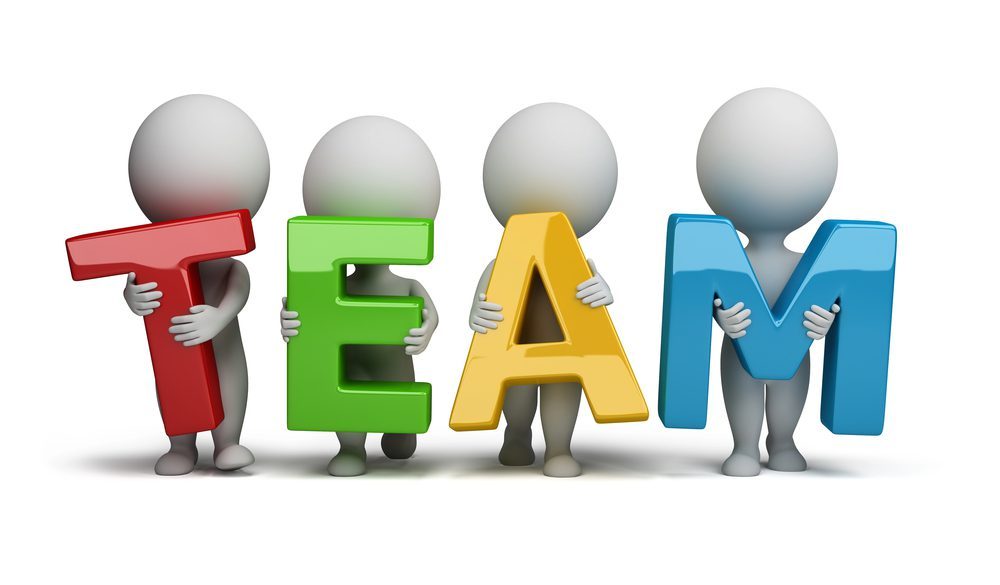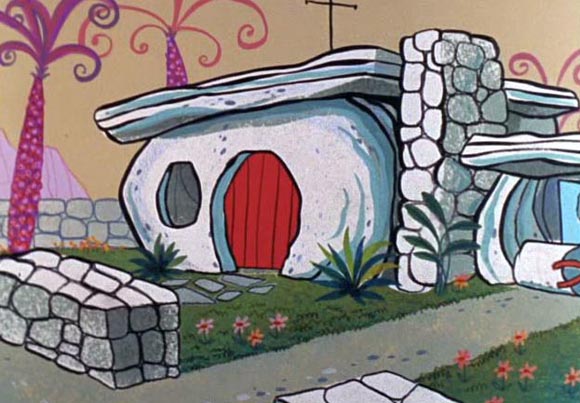Next month I am talking at the American Board of Hypnosis’s conference. I am talking about leadership and emotional intelligence, not hypnosis. So, in the interest of balance let’s talk about hypnosis here instead. People have strange ideas about what hypnosis is. I guess this is largely to do with what they have seen at stage shows or on television. During a stage show the hypnotist will put the whole audience through a series of suggestibility tests. They then select the most appropriate people to do the show with. This will be the ones who are suggestible enough and who are not too drunk. Suggestible doesn’t mean gullible or weak minded. In this context it’s more about your willingness to let go. On television, depending on what you are seeing the same applies, plus recorded TV shows can edit what they choose to show you. In either of these contexts what you will doubtless not hear is that all hypnosis is self-hypnosis. You put yourself into a trance by following the instructions of the hypnotist. For sure, especially during a stage show it will look like people are within the power of the hypnotist, but that’s not what’s really going on.
Hypnosis is a form of trance, and trance is a natural normal part of being human. We use the term hypnosis today because it got popularised in the 1840s by a Scottish surgeon called James Braid. He went to see a show by a mesmerist by the name of Charles Lafontaine. You may not have heard of him, but he was the person that the character Svengali from the 1894 novel Trilby was supposedly based on. Svengali used his ‘evil-hypnotic-powers’ over the book’s main character to transform her into a great singer. But she was powerless to perform without him. So, hypnosis had its roots in mesmerism. Which is a form of energetic ‘healing’ developed by Franz Anton Mesmer, a German Doctor, who had a medical practice in Paris in the 1780s. His mesmeric methods caused such a furore, even then, that the French King, Louis XVI ordered a scientific commission to study his work. The commission was led by Benjamin Franklin, the American ambassador to France, it included the chemist Antoine Lavoisier, the doctor Joseph-Ignace Guillotin, who was an expert in pain control and was against capital punishment, plus other worthy scientists of the day. After studying one of Mesmer’s acolytes, the commission concluded that they couldn’t detect any ‘magnetic energy’, of which Mesmer spoke, and any healing that the patients had experienced, they were doing to themselves. And this ‘healing’ wasn’t worthy of further study. The scientists of the time didn’t have the technology to be able to scan someone’s brain when they were in a trance, which we can today. Nevertheless, this study was the reason that mesmerism and hypnosis, which emerged from it, have remained medically peripheral and often simply relegated to the stage for entertainment purposes. There were even techniques much akin to hypnosis which predated mesmerism. Fascination was a process whereby you get someone to look into your eyes whilst you look at their ‘third eye’, and then put yourself into a trance, drawing them with you into a trance state. In fact, you can do an open eye meditation with a partner today, where you look into each other’s eyes. It can be a little awkward to begin with, but once you are past that, trance can develop. Though the very first time I did this on a training course the guy I was doing it with fell asleep. If you put people doing this meditation into a brain scanner, you can see that after a few minutes their brain patterns synchronise.
Meditation is also a trance state, and at their initial stages meditation and hypnosis feel very much like each other. So, listening to a guided meditation is much like doing hypnosis. Deeper meditation can lead you elsewhere, potentially into what Zen Buddhists describe as a satori, a moment of instantaneous enlightenment. With hypnosis you are putting your mind into a state where it is open to receive positive suggestions to improve how you feel and what behaviours you do. Hypnosis can be used for pain control too, in childbirth or even during operations. Chemical anaesthesia is quicker and simpler, and not everyone will get to the depth of trance required for an operation either. Nevertheless, at the very least hypnosis can be used as a tool to help with personal development. Because as I said, in a hypnotic trance your mind is receptive to positive suggestions, which can reprogramme your thinking and thereby your behaviour.
Trance is a natural and normal part of being human, you can be in a trance whilst driving, watching TV, in a meeting, or just daydreaming. Within all of us is the power to uplift and improve others and ourselves, if only we would choose to do so.
“Hypnosis is a state of intensified attention and receptiveness to an idea or a set of ideas.” Milton Erickson





